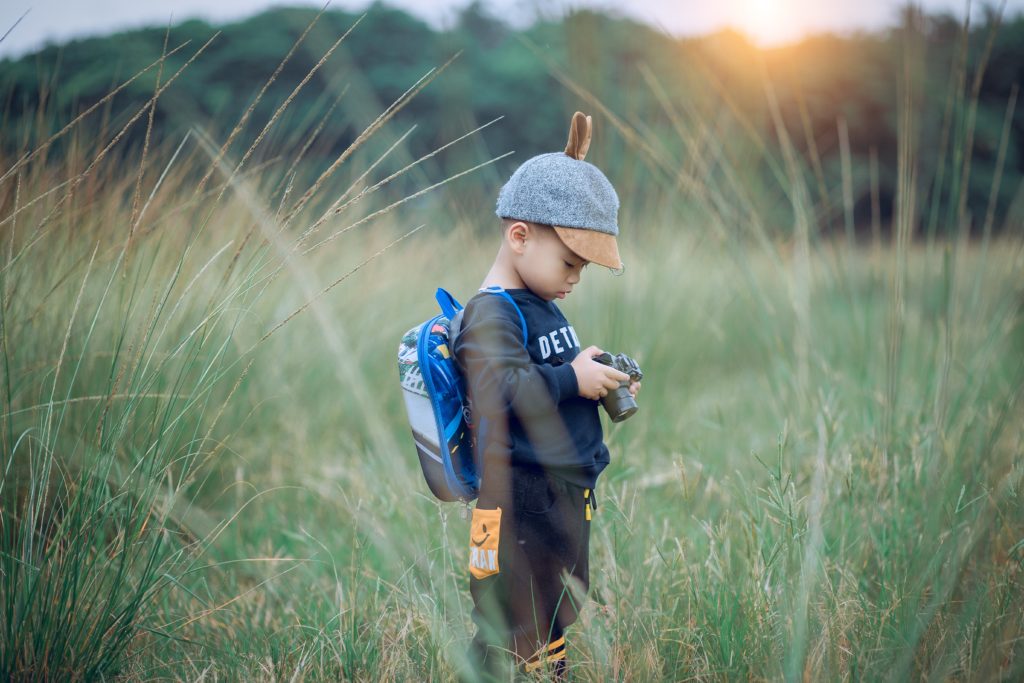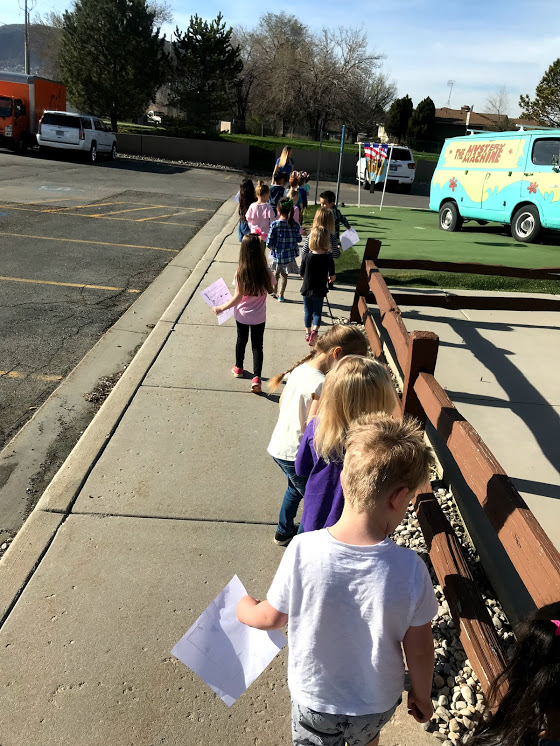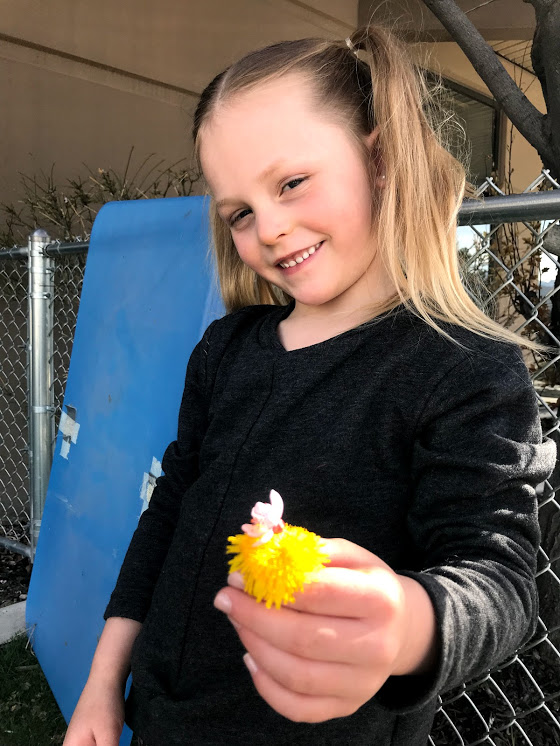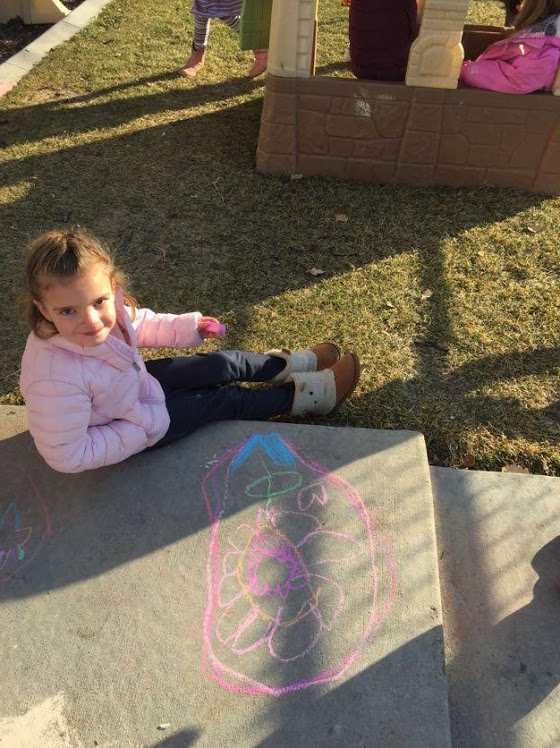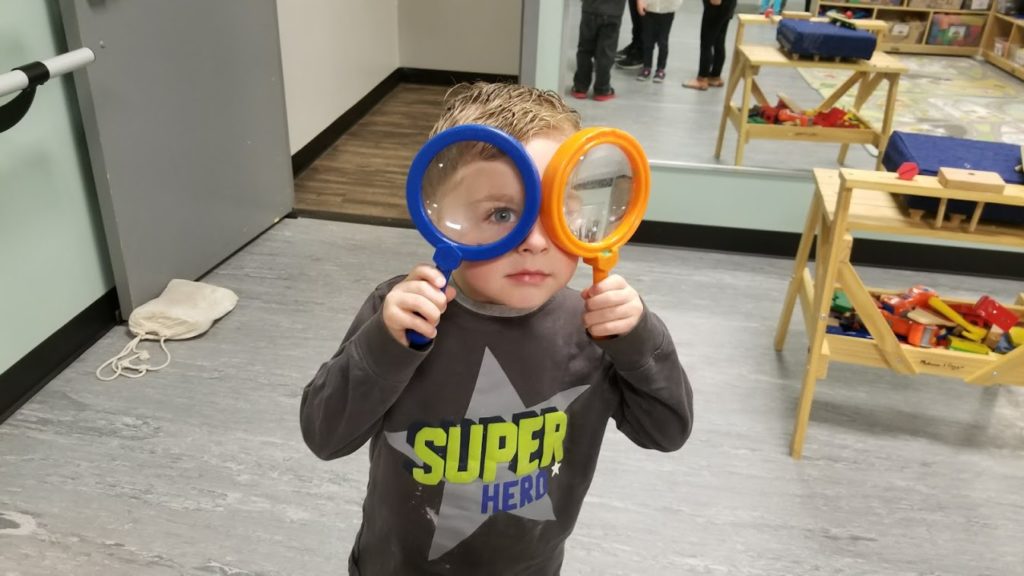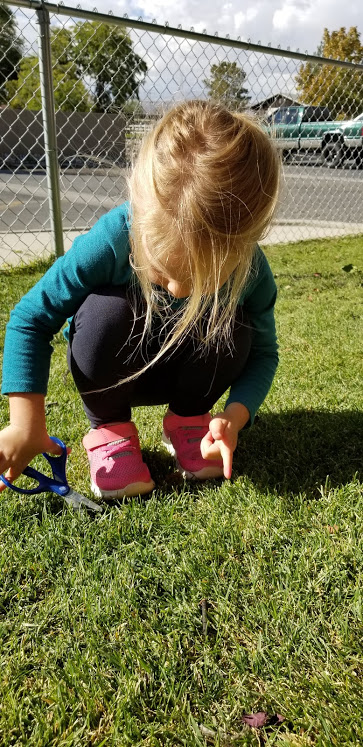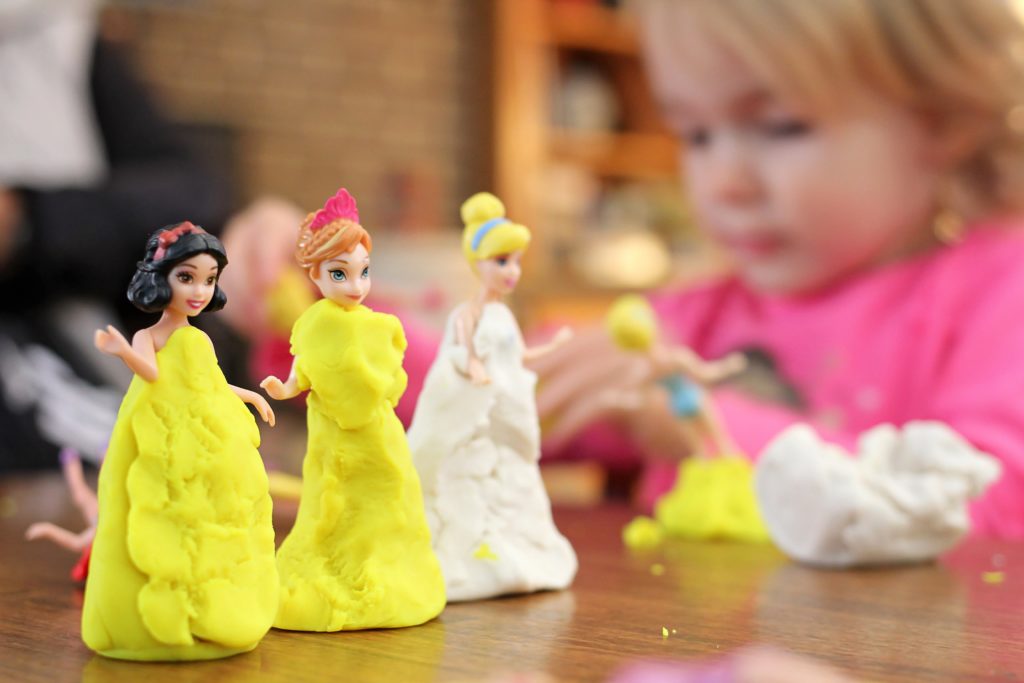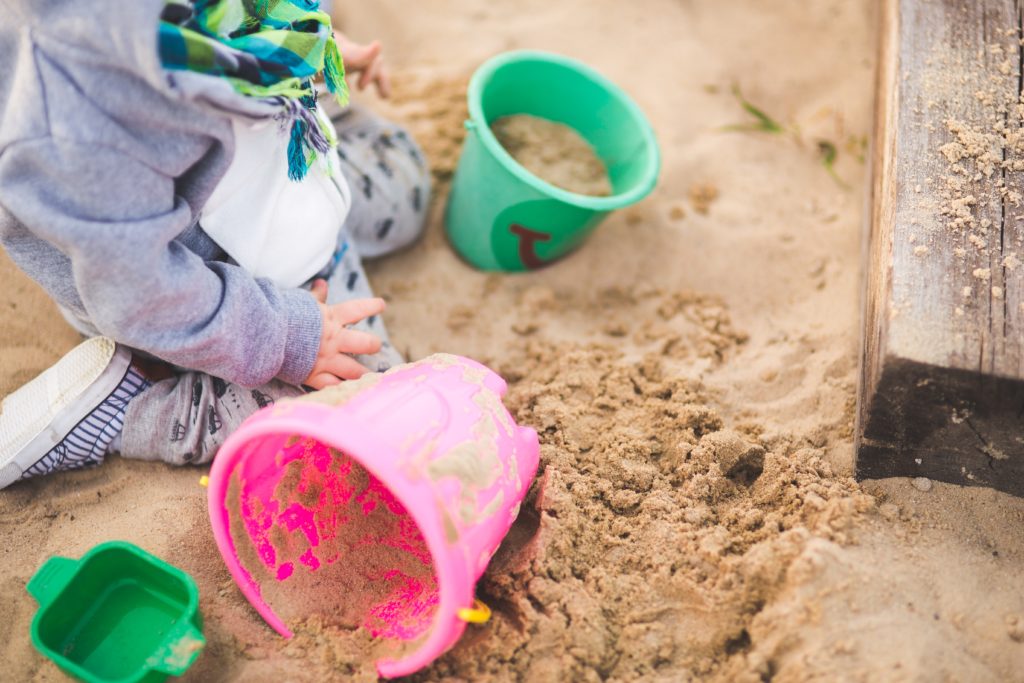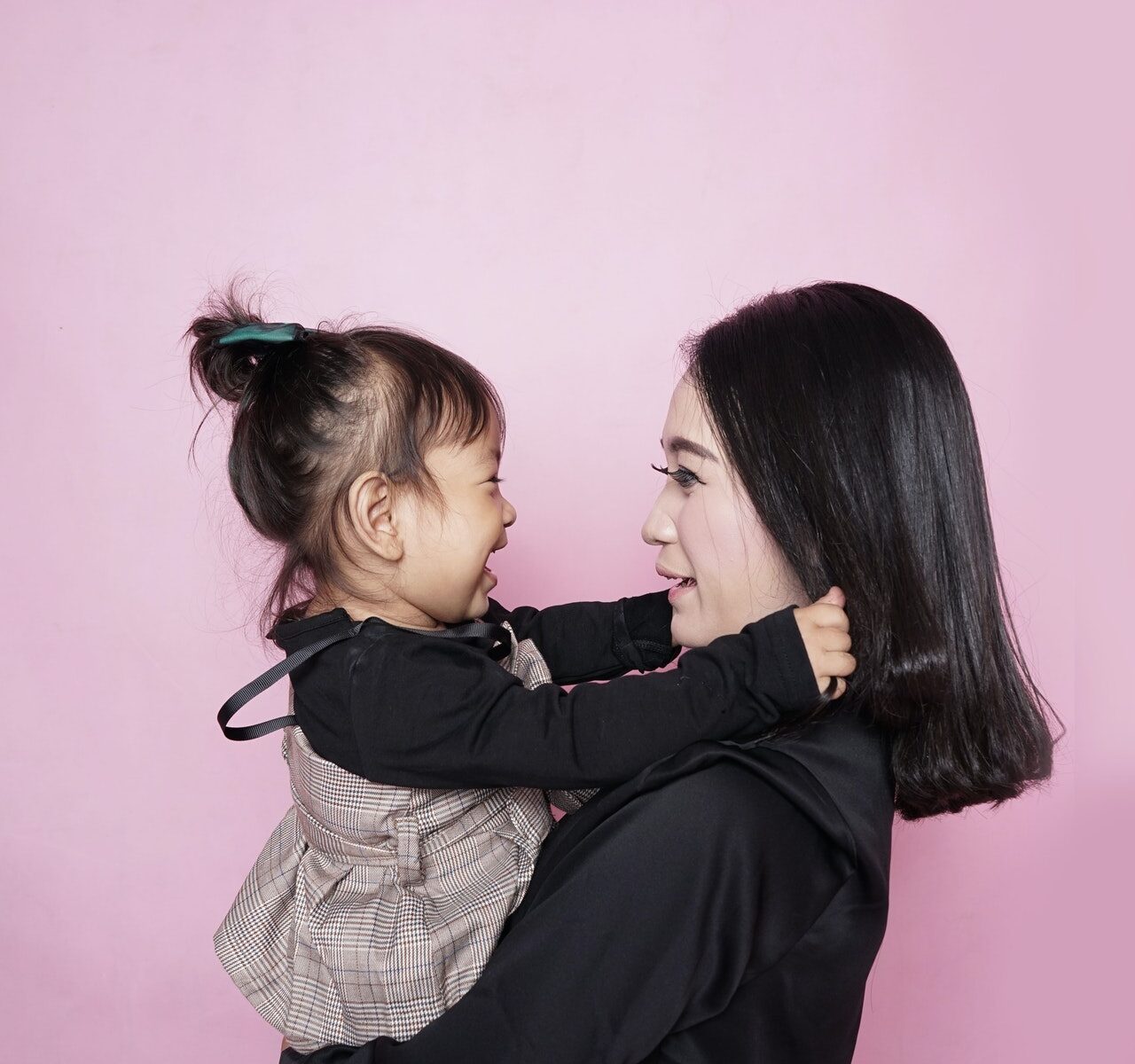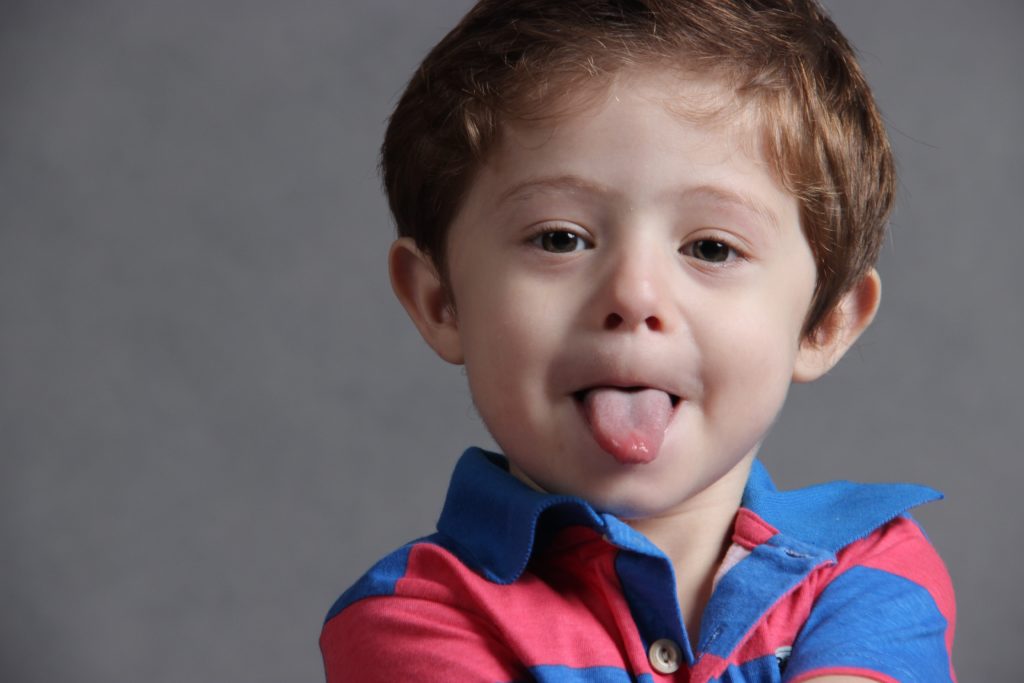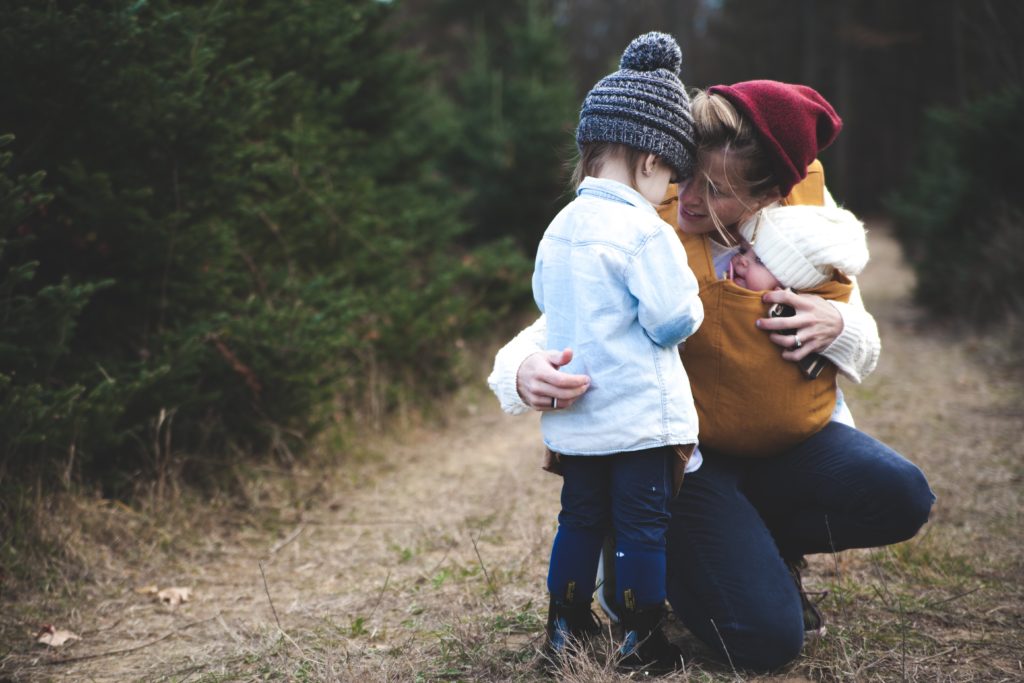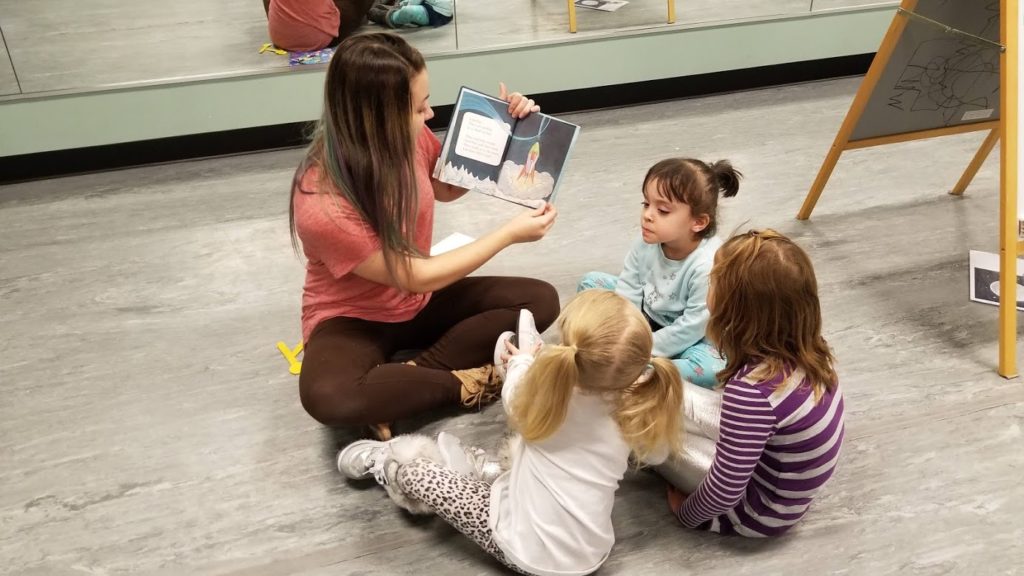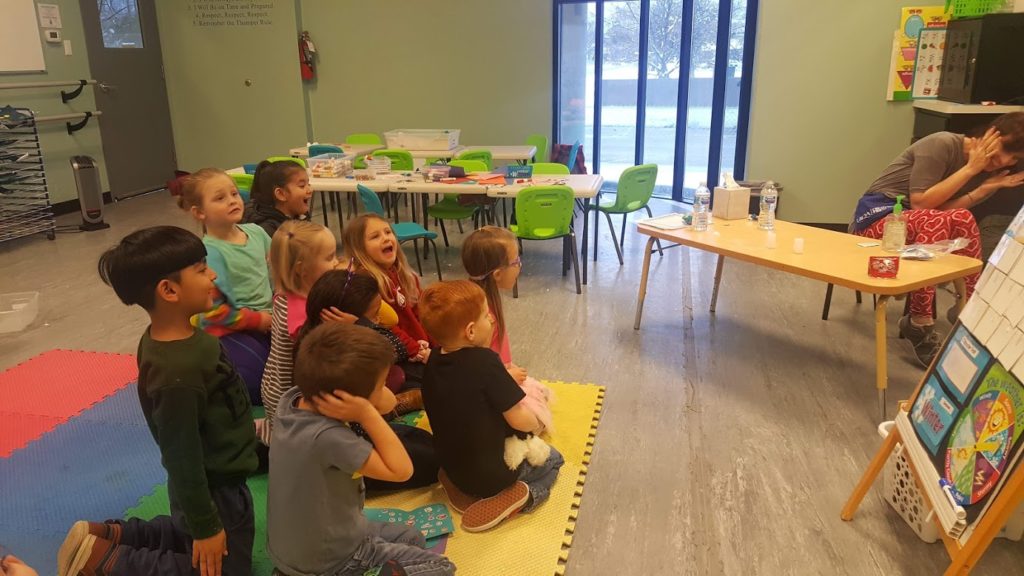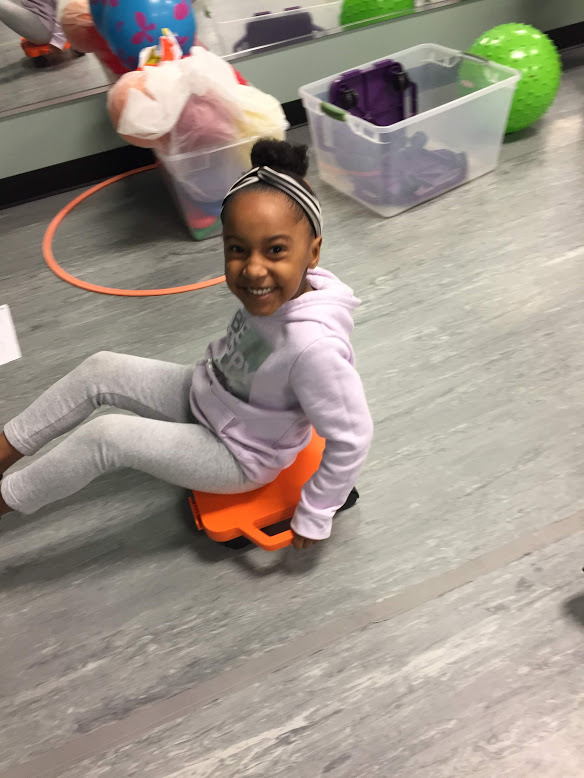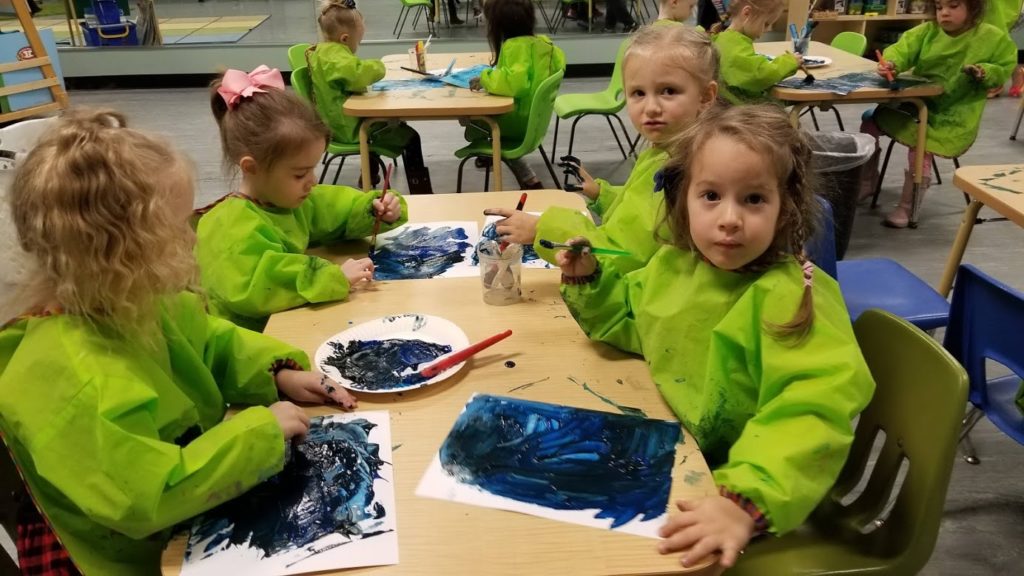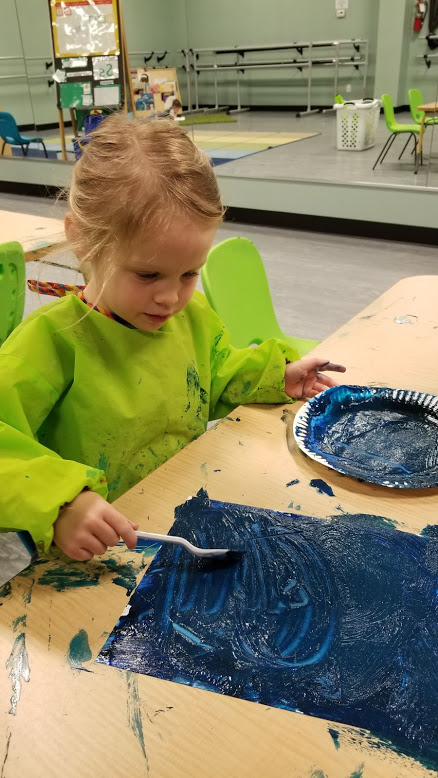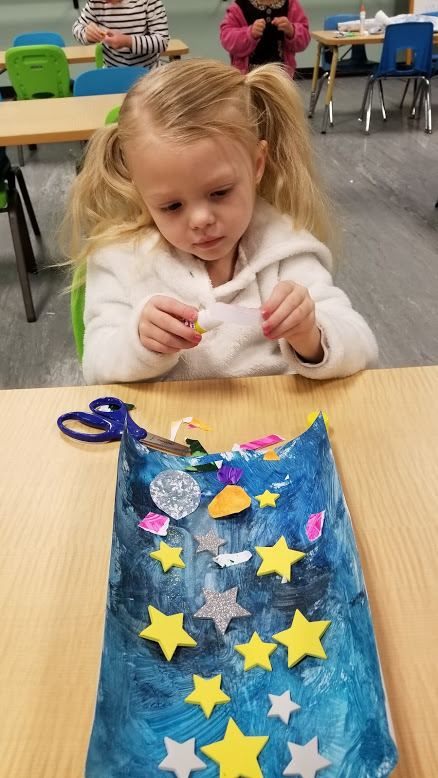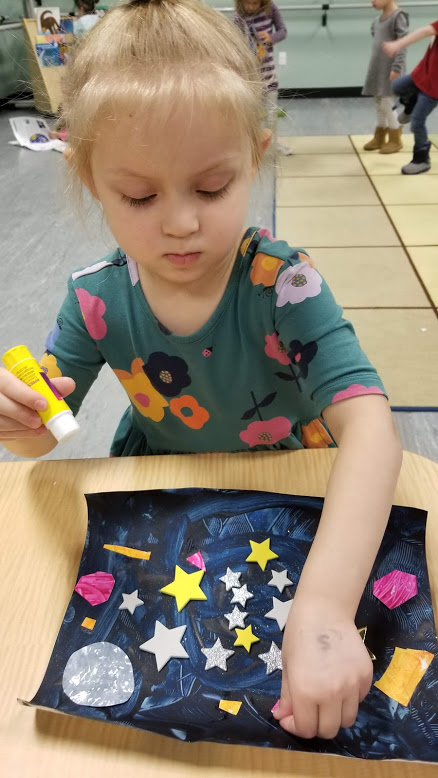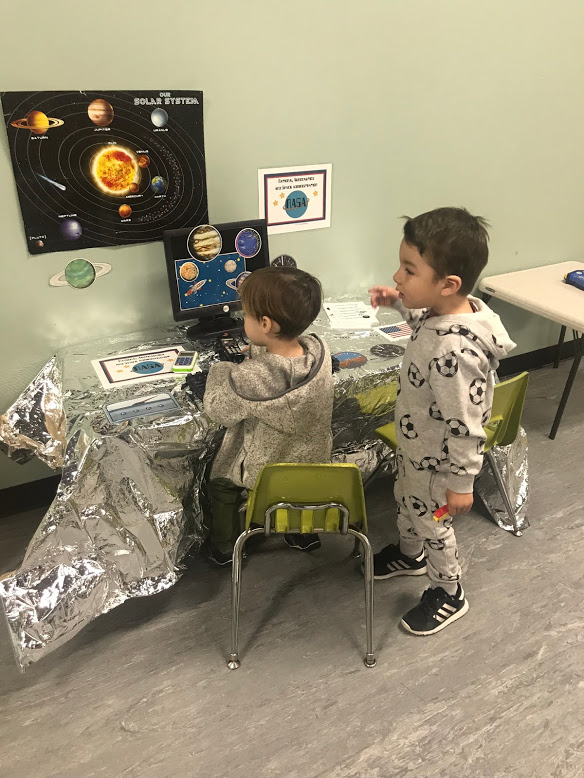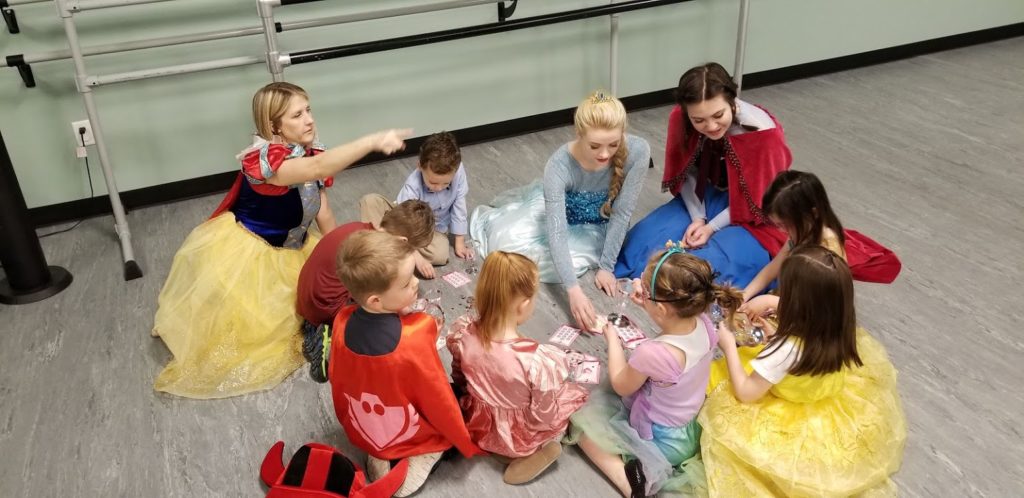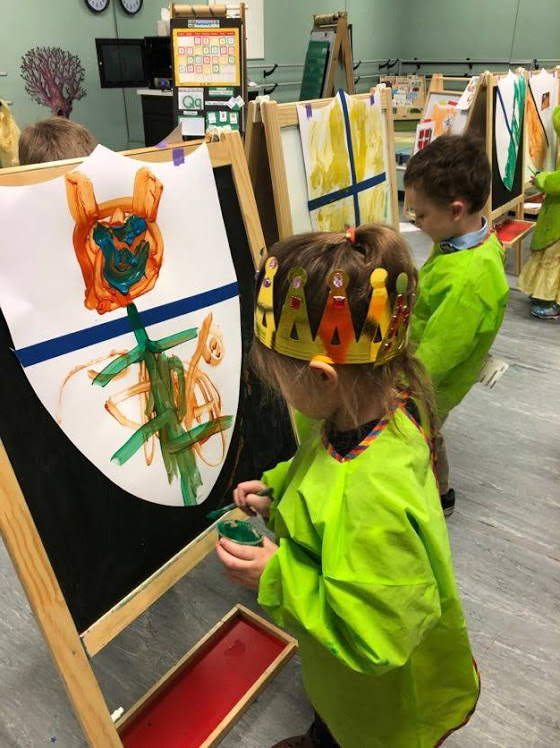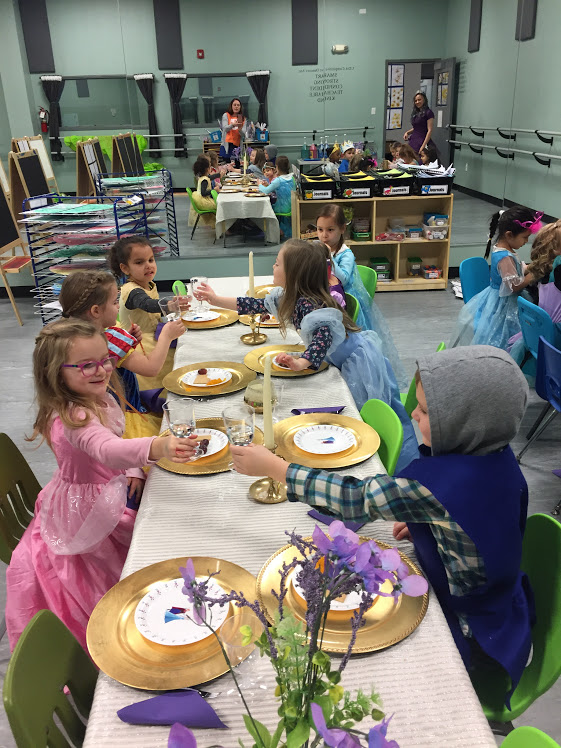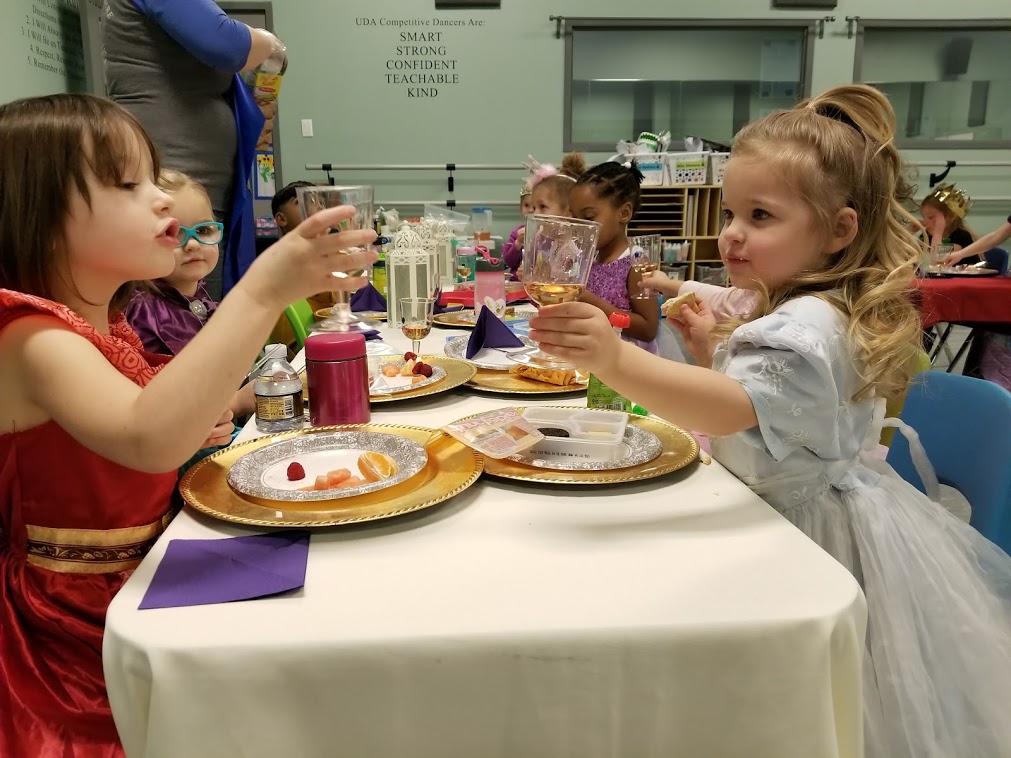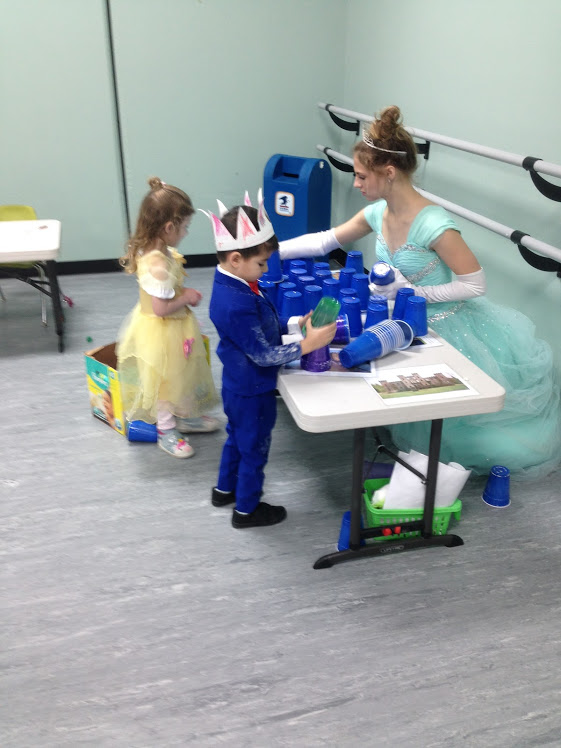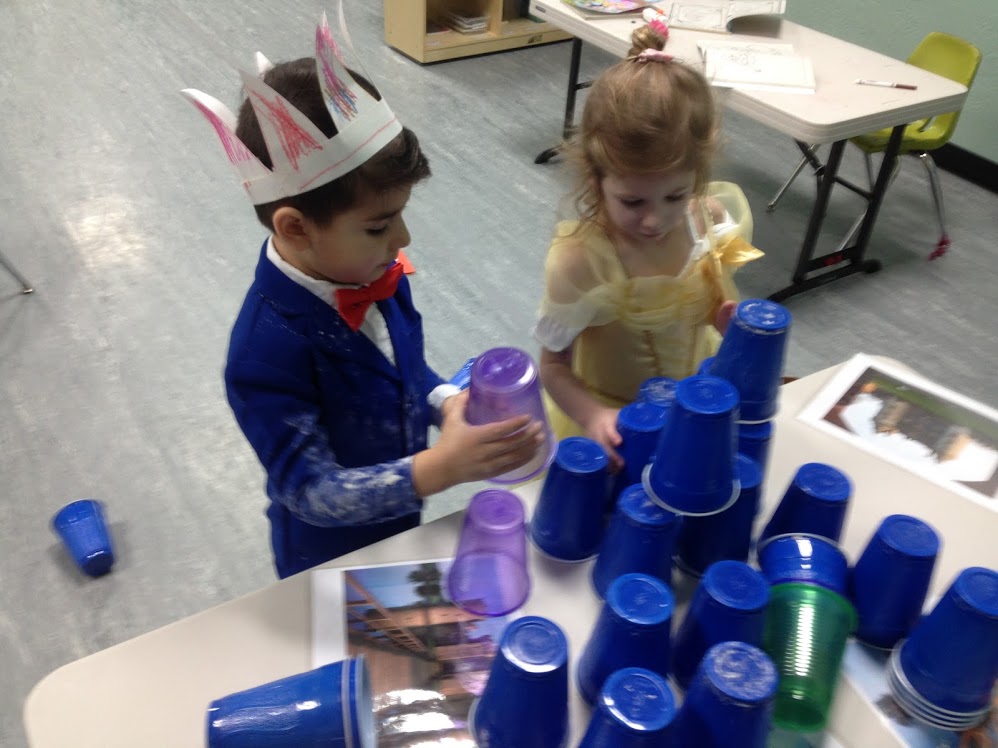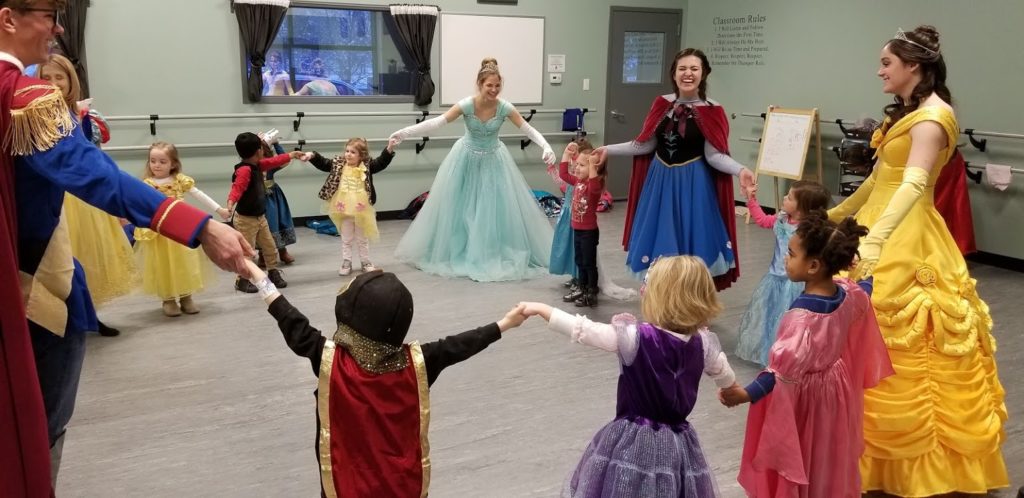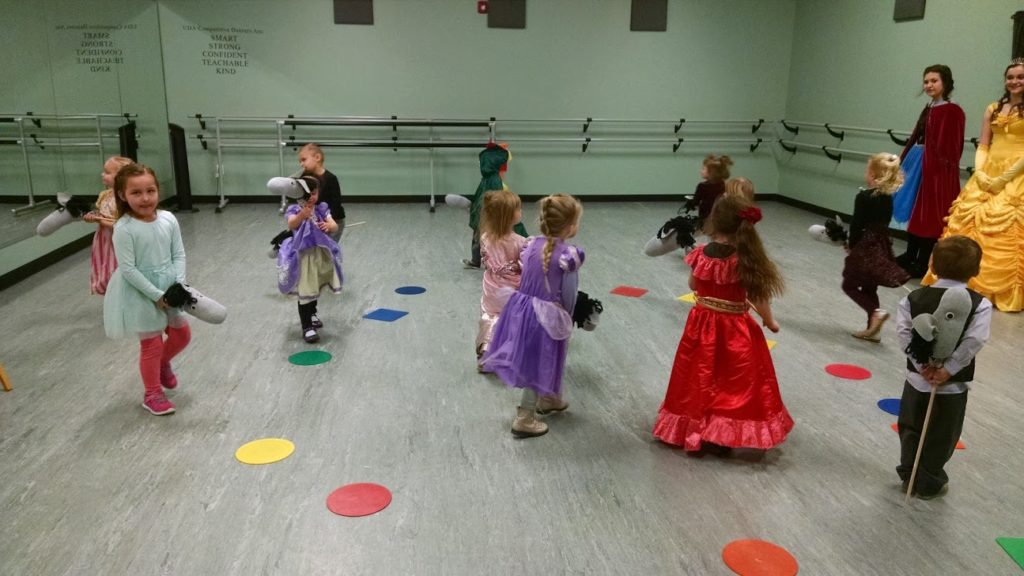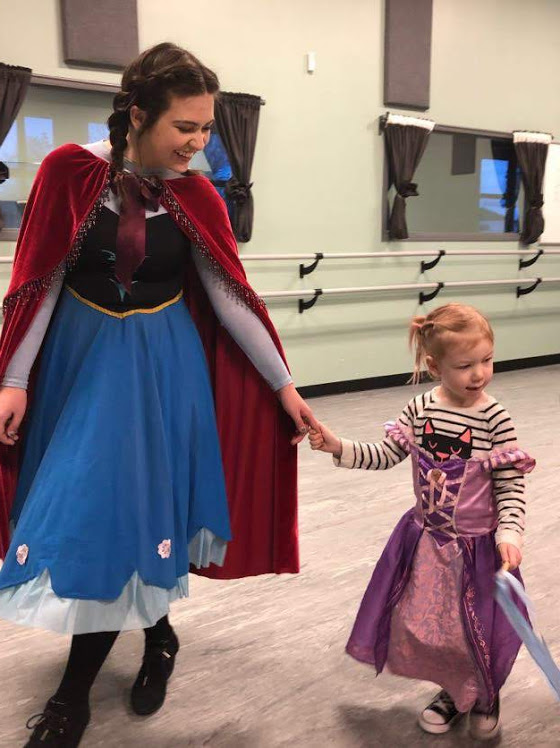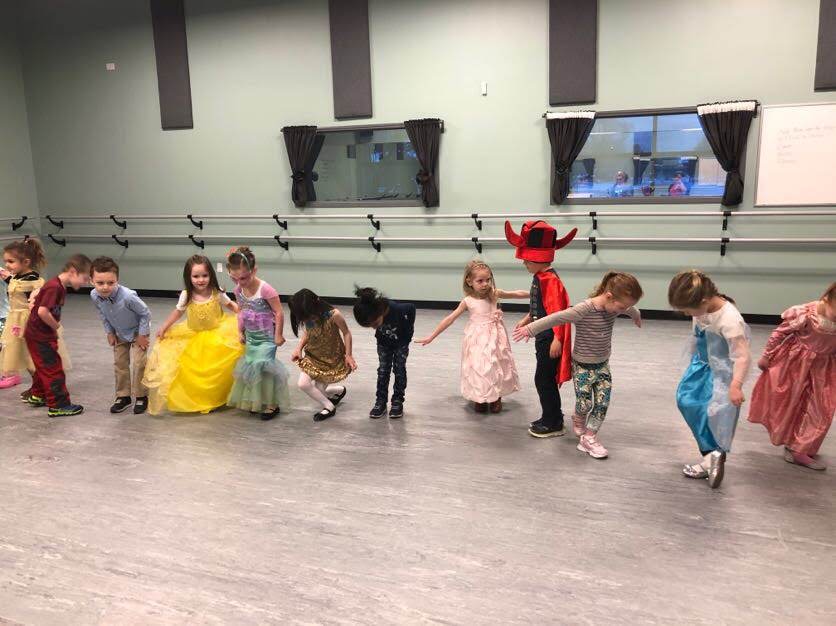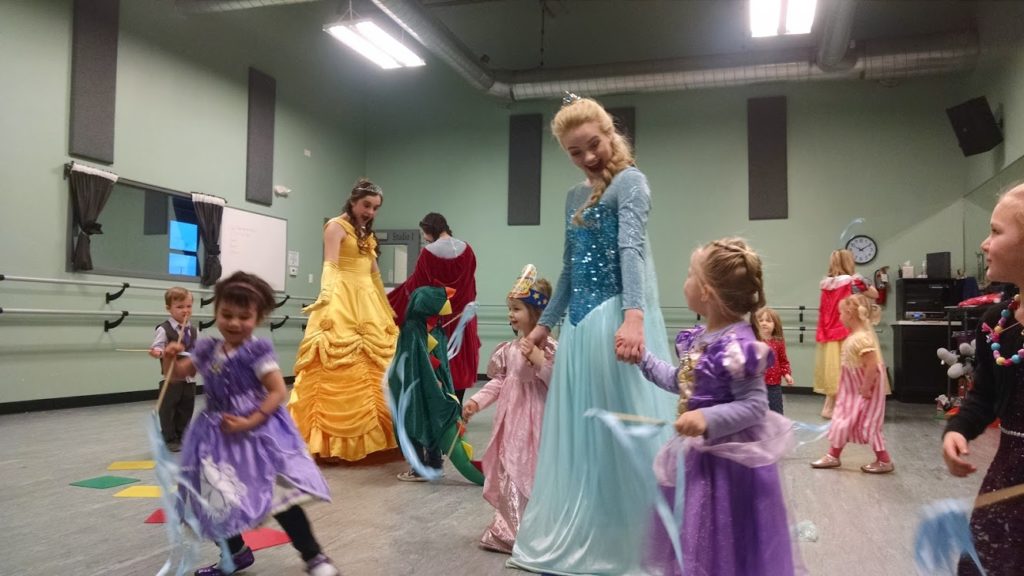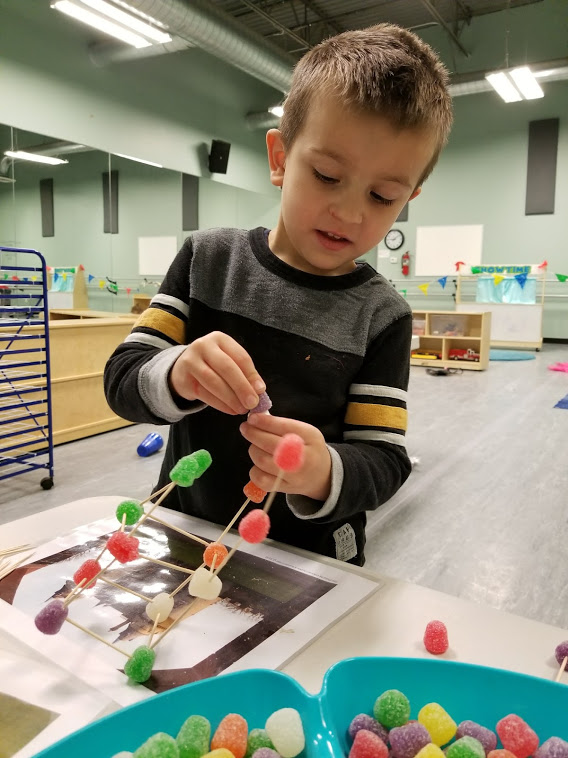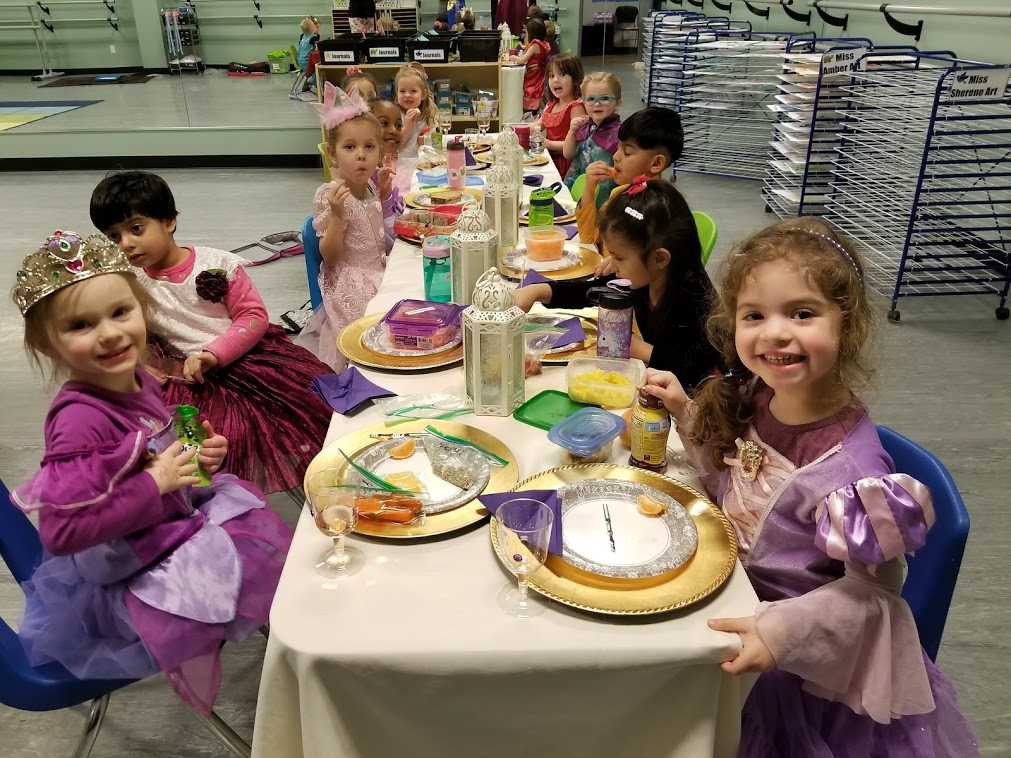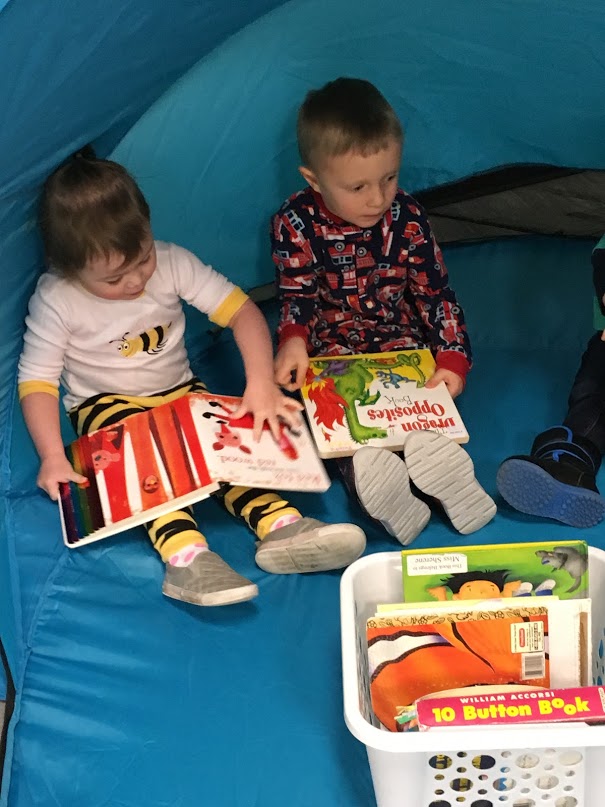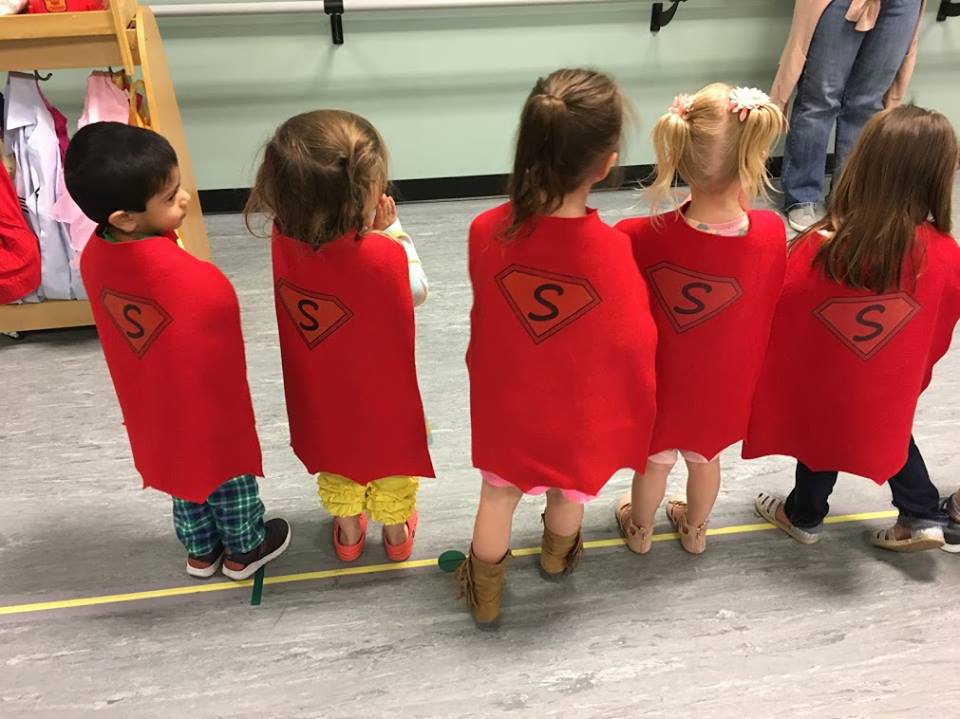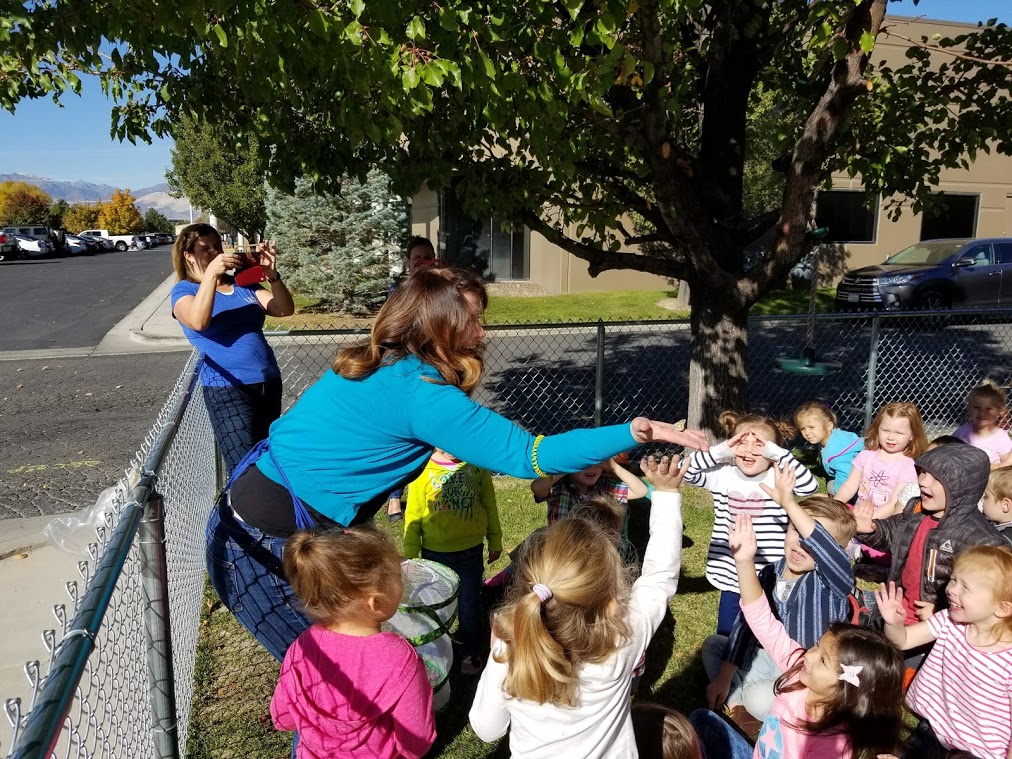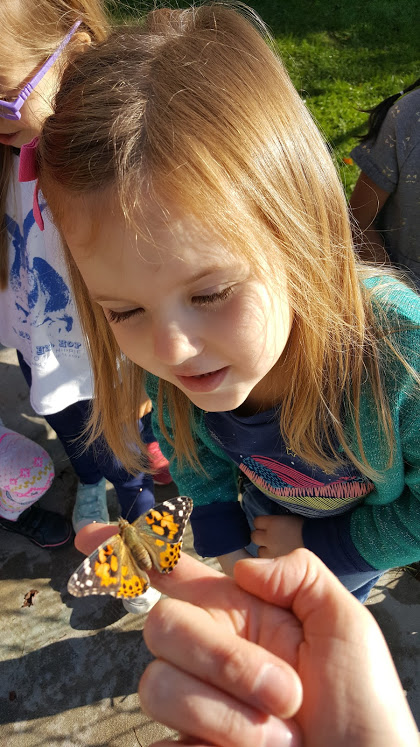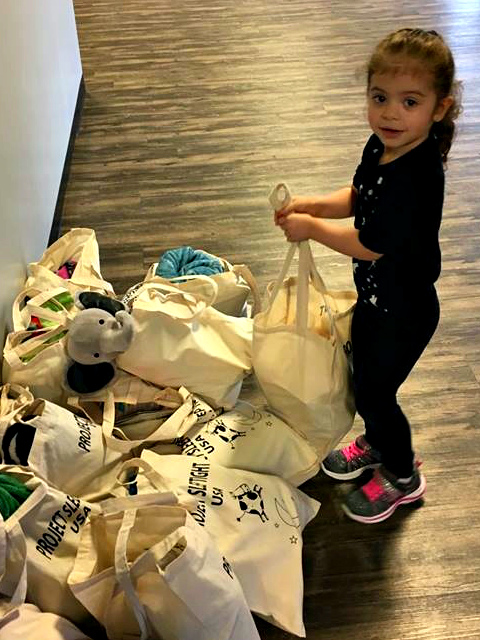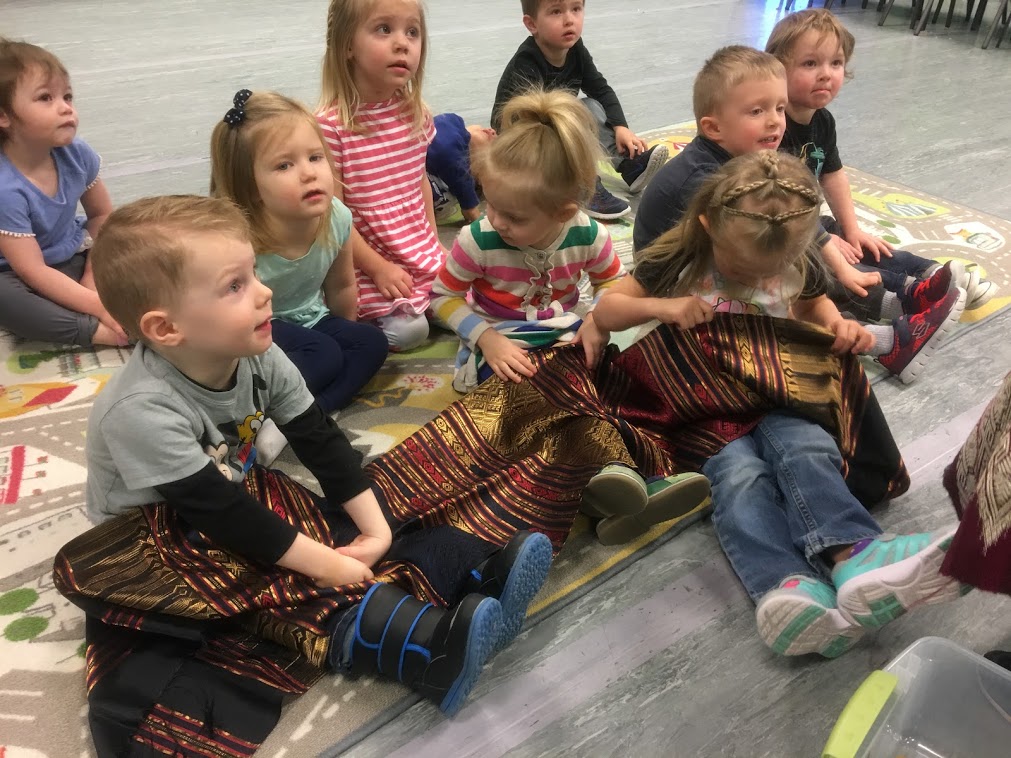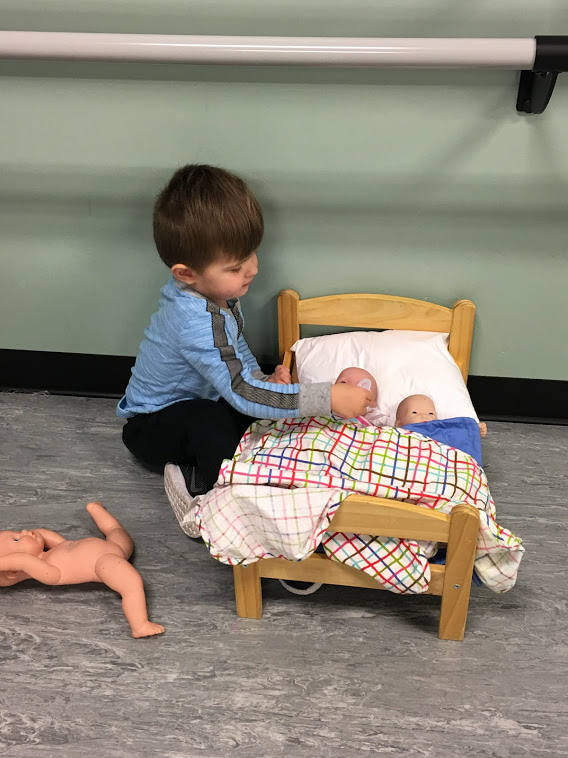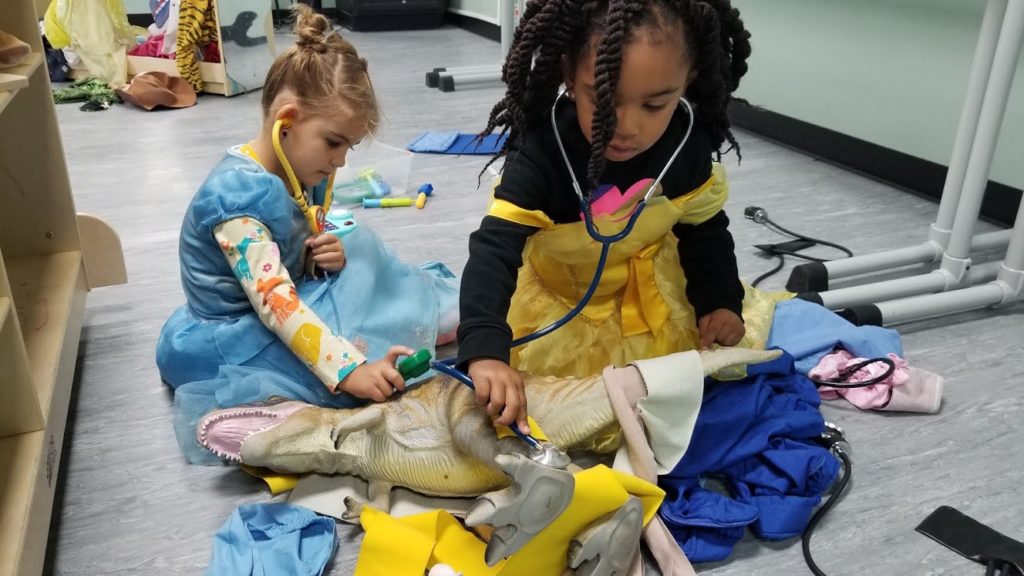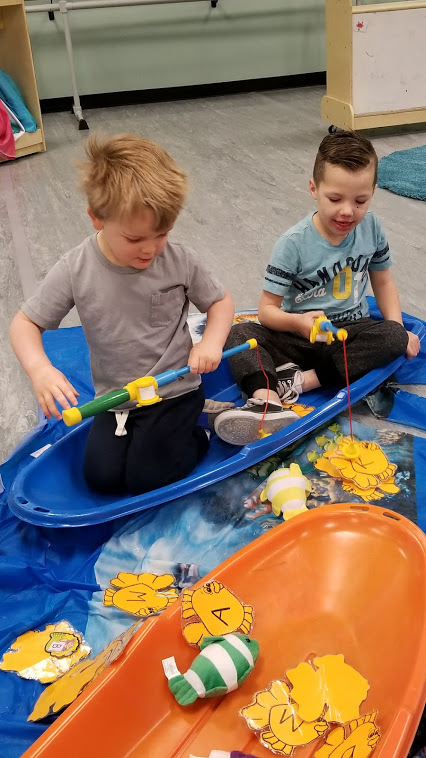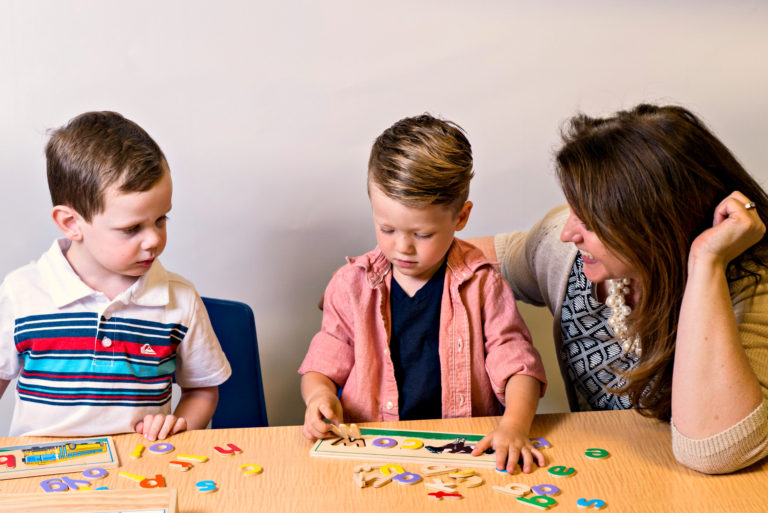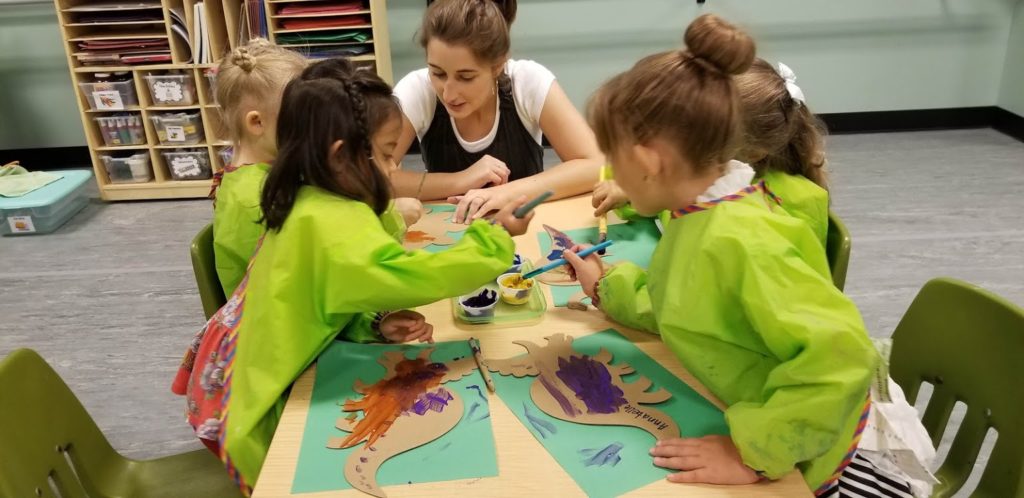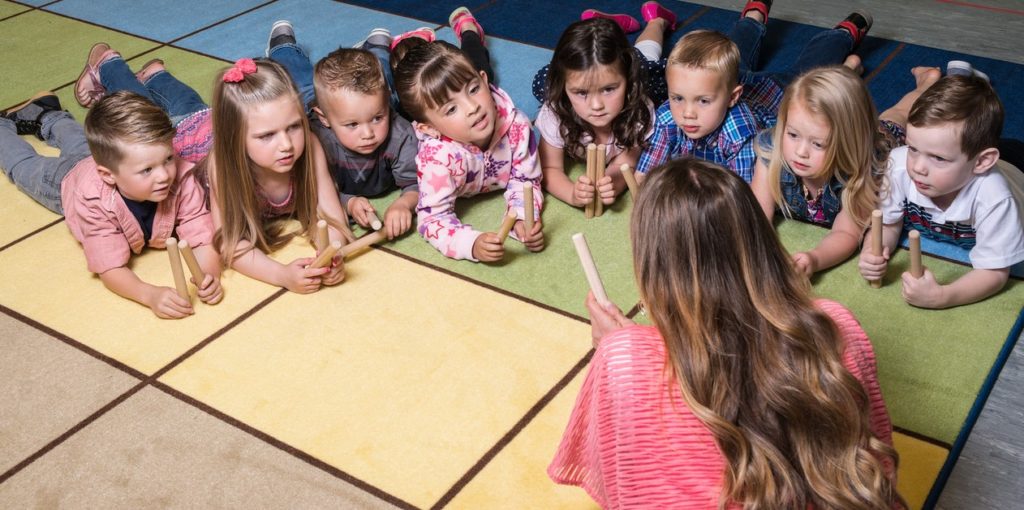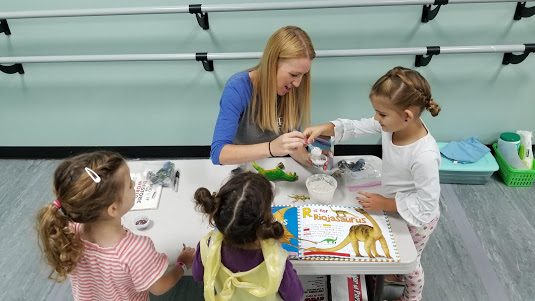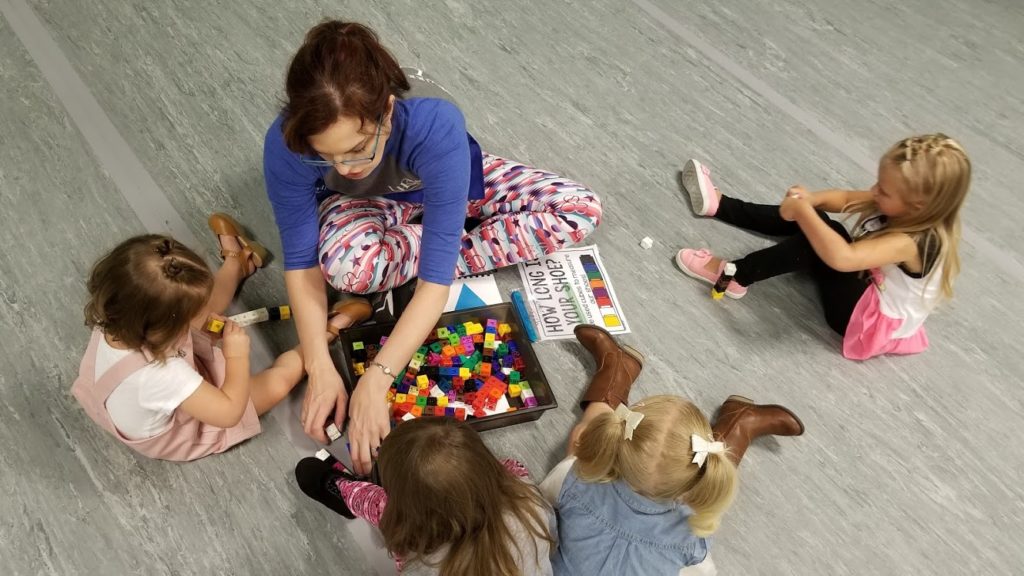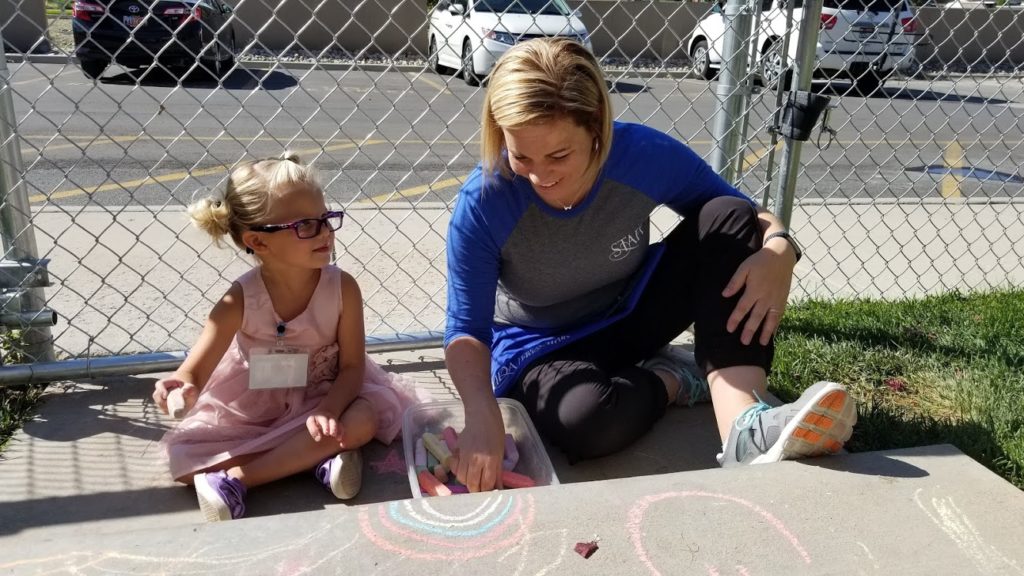Kids these days seem to spend less time outdoors than we did when we were children. There are plenty of reasons for that: our lives are filled with more activities, we have access to more screens, backyard sizes and green spaces are shrinking, safe outdoor spaces are harder to come by…
Whatever the reason, though, it’s important we do what we can to give our children more time outdoors. The benefits of outdoor time for preschoolers are too good to pass up.
Outdoor Time for Preschoolers Increases Physical Health
As soon as the door is flung open to your backyard or the car door opened to a park or field, you’ll notice you preschooler burst into the outdoors with energy and enthusiasm. It’s almost impossible for a young child to not run, skip, hop, and jump when the space is available to do so.
And that’s such a good thing!
More time outdoors means your child will be moving more, building motor skills, and strengthening muscles and bones.
Exposure to Sunshine Improves Health
The sun is a funny thing. Too much of it can, of course, cause sunburns and serious health concerns. But not enough sun exposure can cause health problems as well. Sun exposure helps your body make vitamin D, which is crucial for bone development and healthy immune systems. It also helps regulate sleep cycles and improves mood. So lather up with sunscreen, wear a hat, and head outdoors.
Time Outdoors Builds Executive Function Skills
Playing outside, especially when the play is unstructured, gives your child the chance to hone her executive function skills. Executive function skills refer to the skills we all need to help us prioritize, multitask, plan, and troubleshoot. Outdoor time is full of opportunities to practice these skills. Figuring out how to climb the tree involves planning and troubleshooting. Tracking down worms with a friend involves cooperation and multitasking.
Outdoor Time Increases Attention Spans
Multiple studies have found that exposure to nature increases attentiveness, even more so than doing a physical activity indoors. As your preschooler grows and is expected to pay more attention in school settings and other places, this becomes more and more important.
Children who spend more time playing outside are often more curious, self-directed, and confident. They have more opportunity to start and create tasks and activities on their own initiative, and are more likely to stick with a task for longer periods of time.
Ideas for Outdoor Activities for Your Preschooler
Don’t underestimate the power of free, unstructured play outside. You don’t have to do a whole lot of planning to create a good outdoor experience for your child. Just open the door, drive to the park, head to the mountains, or find a walking trail!
In addition to unstructured outdoor time, try these fun ideas for outdoor play.
Take a Nature Walk
At UDA Creative Arts Preschool, we like to take nature walks as the seasons change to look for signs of the new season. You can print out a nature walk journal page for extra fun.
Collect Nature Items
Let your child collect blossoms, blades of grass, rocks, and more (as long as it doesn’t disrupt the area). Keep the items in a spot in your backyard or by the window for a few days. Or incorporate them into an art project.
Add Objects
Get creative, and add objects to your outdoor environment. Bring wooden spoons, plastic bowls, and planks to the backyard. See what your child does with them.
Act Out a Story
Tell a story, or read a book outside, and then encourage your child to act out the parts.
Color with Sidewalk Chalk
It’s such an easy outdoor activity. Hand your child some chalk, and let them draw what they want. You can also make a path for their bike to follow, draw a hopscotch board so they can practice jumping, or create a series of steps for them to follow (Jump up and down 5 times on this spot, do 3 jumping jacks on this spot, etc.).
“Paint” the House or Fence
Give your child clean paintbrushes and a bucket of water. Let him “paint” a wall of your house, the fence, the sidewalk, the trampoline… whatever his heart desires!
Add Explorer Props
Gather a magnifying glass, a clipboard and pencil, a butterfly net, a measuring tape, jars, a backpack, and anything else you can think of to aid in a good exploration. Watch your child’s imagination run!
Eat Outside
Have a family meal outside, whether it’s in your backyard or at a nearby park.
Cut Grass
Really! This is a favorite activity of our students all year round. Let your child use a pair of safety scissors to cut the grass. It won’t do the job of a lawnmower, but it will strengthen your child’s hand muscles and improve fine motor skills.
Take Indoor Activities Outside
Basically, almost anything you can do inside can be done outside in some way. If your child wants to paint, why not do the art project outside? Want to read books? Throw a blanket on the grass and read away. Practicing letters? Do it on a clipboard or with sidewalk chalk.
You get the idea.
Now get outside!

